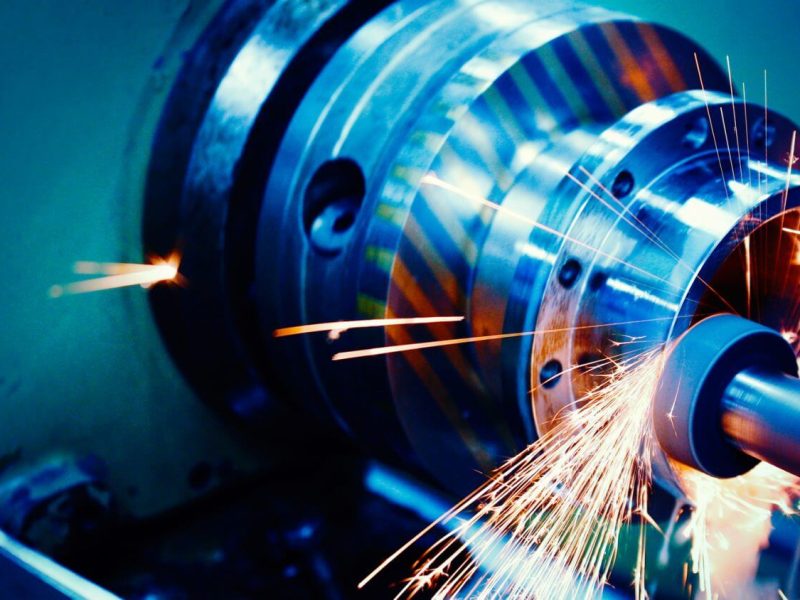
As we approach 2025, the CNC machining industry is on the brink of transformative change. Advances in technology, automation, and data integration are shaping the future of manufacturing, creating exciting opportunities for efficiency, precision, and innovation. Here are some key trends to watch in the coming years:
Increased Automation and Robotics
Automation is set to continue its rise in CNC machining. With robots and automated systems handling repetitive tasks, manufacturers will see improved consistency, reduced labor costs, and enhanced productivity.
AI and Machine Learning Integration
Artificial intelligence (AI) and machine learning are becoming essential tools in CNC machining. These technologies enable machines to adapt, optimize their performance in real-time, and predict maintenance needs, leading to reduced downtime and longer equipment lifespans.
Smart Manufacturing and IoT
The Internet of Things (IoT) is connecting CNC machines and other equipment, allowing manufacturers to monitor performance remotely, collect valuable data, and make data-driven decisions. Smart factories will be able to react instantly to changes in production requirements, making operations more agile and responsive.
Advanced Materials and 3D Printing
CNC machining will increasingly be paired with 3D printing technology. This hybrid approach allows manufacturers to create more complex parts with less waste, as well as use advanced materials like carbon fiber composites, which offer strength and durability without sacrificing weight.
Sustainability and Energy Efficiency
As the push for sustainable manufacturing practices grows, CNC machining will see more energy-efficient machines and processes. From using less power during operations to adopting eco-friendly materials, the focus on reducing the environmental impact of manufacturing will be a significant trend.
The future of CNC machining is exciting, with innovations that promise to enhance every aspect of the industry. As we look ahead to 2025 and beyond, these trends will shape the way we design, produce, and deliver products, making manufacturing smarter, faster, and more efficient than ever before.
